What Are the Most Common Bloodborne Pathogens?

Healthcare workers and high-risk individuals are more at risk of being affected by bloodborne pathogens. To limit exposure and chronic infection of bloodborne pathogens, universal precautions and procedures must be followed. Otherwise, they’ll severely threaten public health and healthcare workers.
OSHA’s Bloodborne Pathogens Standard was issued to protect workers who come in contact with OPIM (other potentially infectious material) while performing their occupational duties. Following the procedures set forth by this health administration will reduce infection and exposure to common bloodborne diseases.
Read on for a complete guide on the most common bloodborne pathogens, how to stop them from spreading, and more! If you want a video-based bloodborne pathogens training program we have that as well.
What are Bloodborne Pathogens?
Bloodborne pathogens are infectious microorganisms found in human blood. They’re commonly transmitted through contact with body fluids like saliva, semen, infected blood, and vaginal fluids. Contact with these body fluids can lead to life-threatening infectious diseases.
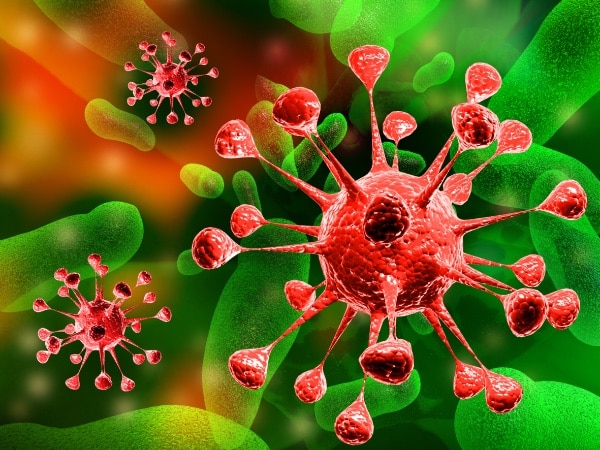
What Is the Most Common Bloodborne Pathogen in Healthcare?
Here are the most common bloodborne diseases in the United States; they’re of primary concern because of how easy they are to transmit:
- Human Immunodeficiency Virus (HIV)
- Hepatitis B (HBV)
- Hepatitis C (HCV)
Let’s take a closer look at each.
Human Immunodeficiency Virus (HIV)
HIV is a virus that severely attacks the body’s immune system. Left untreated can lead to AIDS (Acquired Immunodeficiency Syndrome). The Centers for Disease Control and Prevention share that while there isn’t an effective cure, it can be controlled through proper medical care.
A human immunodeficiency virus test will determine whether an individual has HIV and how much of the virus is present. In the case of HIV transmission, it usually takes 3-12 weeks before symptoms start to show up on tests. A new type of screening known as a nucleic acid test detects the virus faster, but it’s expensive — not typically used for routine HIV testing.

Hepatitis B (HBV)
Hepatitis B is a serious liver infection that a vaccine can prevent. It’s spread by body fluids like blood, semen, among other bodily fluids. It can happen through sexual contact, sharing of hypodermic needles, or even from mother to baby at birth.
Hepatitis B can occur in two forms:
Acute: where the infection lasts six months
Chronic: where the infection lasts more than six months
Sadly, the hepatitis B virus (HBV) can lead to liver failure. In rare cases, the acute form of this infection can cause the liver to fail suddenly. About 5% of adult patients develop a chronic infection of HBV, which carries a risk of developing cirrhosis or liver cancer.
Moreover, occupationally acquired infections can occur when the healthcare worker is distracted or poorly trained. Employers need an Exposure Control Plan to minimize employee exposure to these pathogenic microorganisms.
The hepatitis B virus (HBV) can cause lifelong problems in people who are in the medical field, making occupational safety a must. Along with an Exposure Control Plan, the Needlestick Safety and Prevention Act is set in place to protect every healthcare worker by minimizing these accidents from happening.
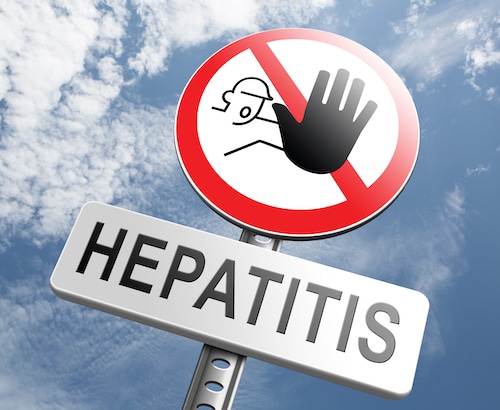
Hepatitis C Virus (HCV)
The hepatitis C virus (HCV) is another bloodborne form of liver inflammation. As with hepatitis b, the virus is acute but can become chronic. It’s spread by contact with contaminated blood. For example, by using unsterile tattoo equipment or sharing needles.
Most people with hepatitis C show no symptoms. Those who develop symptoms may experience nausea, fatigue, or loss of appetite. While there’s no vaccination to prevent it, there is hepatitis C treatment that can help. Newer medications may even be able to eradicate infectious diseases.
Other Common Bloodborne Pathogens
Infectious disease isn’t limited to HIV, HBV, or HCV. Other common bloodborne infectious diseases include ebola, syphilis, and viral hemorrhagic fevers. The immune system and organs can be harmed due to these bloodborne pathogens.
What Causes Bloodborne Diseases?
Microorganisms like viruses or bacteria conveyed in the blood that can make people sick are known as bloodborne pathogens. Infected mothers can transmit it to their babies while pregnant, but the risk increases during birth when the placental barrier no longer protects them.
Other causes include contact with mucous membranes, vaginal secretions, any body fluid visibly contaminated with blood, or bodily fluids infected with bloodborne diseases.

What’s The Most Common Exposure To Bloodborne Pathogens?
Despite our best efforts to maintain precautionary procedures, accidents can occur. For bloodborne pathogens to spread, an infected person’s bodily fluids must enter another individual’s bloodstream. The most common cause of transmission in the workplace is when blood enters another person’s bloodstream through an open wound.
For example, healthcare workers have experienced a needle stick at least once, while other doctors are at-risk of BBP exposure. The key to preventing exposure is to act with caution. In the case of a needlestick, one must act quickly. Employers must have an exposure control plan and a sharps injury log.
OSHA mandates employers to offer free post-exposure assessments and follow-up appointments for at-risk workers. After an accidental touch of mucous membrane or contaminated needles, stick clean the area with water.
How To Stop the Spread Of Bloodborne Infections
To prevent hepatitis, HIV, among other infections, we must treat blood or other potentially infectious diseases as if it were carrying bloodborne pathogens. Healthcare workers must always wear protective equipment like gloves and masks. We must teach all employees how to stop the spread of bloodborne pathogens.
Employees at-risk should label items as unsafe and have a hepatitis B vaccine. Disinfection of all reused materials and surfaces is essential for better protection and safety. All policies must include safety measures to minimize the risk. Further, employers must conduct a risk assessment of the hazards, identify potential exposures and assign PPE accordingly.
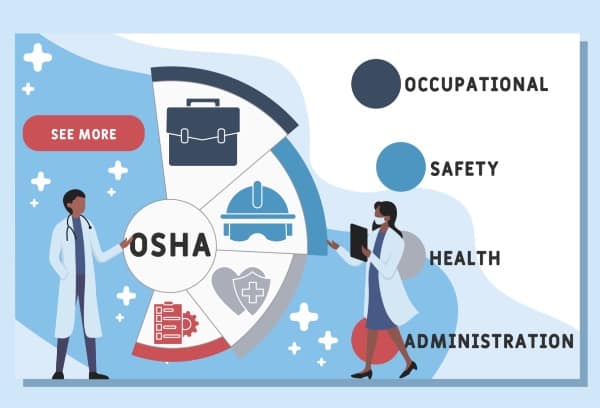
OSHA Bloodborne Pathogens Standard: An Overview
Employers must safeguard employees from occupational exposure to infectious agents or other potentially infectious materials in accordance with OSHA regulations.
The BBP standard is applicable when healthcare workers are exposed to human blood or other potentially infectious materials. It calls for the implementation of all-encompassing safety measures to avoid contact with these substances.
OSHA is a federal agency whose bloodborne pathogen standards have since been published. These standards describe employer requirements in the workplace. OSHA Bloodborne Pathogen Standards require employers to follow this procedure:
1. Identify and Use Engineering Controls
Engineering controls are tools employed to separate and eliminate bloodborne pathogens from the workplace. They consist of self-sheathing needles and sharps disposal containers. OSHA has their own information on engineering controls as well.
They also contain sharps with built-in injury protection and needleless systems. Employees should use all of these engineering control devices at all times.
2. Identify and Ensure Use of Work Practice Controls
The BBP standard argues that work practice controls minimize exposure to risk by altering how healthcare workers carry out the operation in addition to employing engineering controls.
This includes using the proper techniques when handling and discarding infected sharps. Handling laundry, samples, and contaminated surfaces is also included.
3. Provide PPE
PPE is emphasized by the BBP standard. PPE consists of robes, gloves, goggles, and masks.
As the employer, you’re in charge of maintaining, mending, and replacing PPE as necessary. You also have to do it at no charge to your healthcare workers.
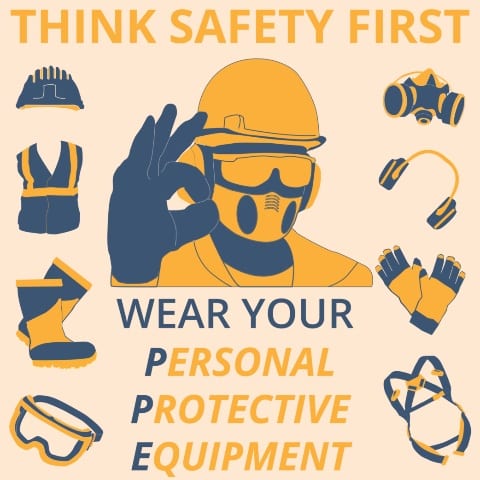
4. Make Hepatitis B Vaccinations Available
The BBP standard requires employers to make sure that all employees who are exposed at work to the hepatitis B virus have access to the vaccine.
After your employee has completed the required bloodborne pathogens training, you must provide them with this immunization.
Within 10 days of the employee’s initial assignment to a position involving occupational exposure, they must complete this training.
5. Offer Post-Exposure Evaluations and Follow-Ups
Exposure accidents do happen even with all of these safeguards in place. This evaluation is required for each occupationally exposed worker with an exposure occurrence.
The BBP standard defines an exposure incident and calls for an examination and follow-up because of the special nature of exposure incidents.
The mouth, eye, non-intact skin, mucous membrane, and parenteral contact with blood or OPIM are all examples of occupational exposure incidents.
The employee must not be charged for the evaluation or the follow-up that follows. Documenting the exposure path or routes is another must. The circumstances that led to the exposure incident should also be included.
The employee must also be identified and tested for human immunodeficiency virus (HIV) and HBV. Additionally, you must provide evaluation, counseling, and post-exposure prophylactic treatment.
6. Use Labels and Signs to Communicate Hazards
Following the OSHA Bloodborne Pathogens Standard, proper labeling is also a top responsibility. Employers are required to attach warning labels to containers that hold regulated waste, reusable sharps, and blood or OPIM-containing refrigerators and freezers.
Blood or OPIM containers must also have warning labels when transported or stored. Likewise, labels are required for any contaminated equipment you transport or repair. Bags of tainted laundry fall under the same category.
In some facilities, red bags or containers are used instead of labels. When OPIM or infected animals are present, posted signs should be visible at all entry entrances in HIV and HBV research laboratories.
7. Provide Information and Training
In addition to the initial training you provide new hires, you must ensure that your staff receive ongoing instruction on the OSHA Bloodborne Pathogens Standard. This covers details on illnesses and bloodborne infections. It also covers how to give the hepatitis B vaccine and manage exposure.
Regular bloodborne pathogen training is required for staff members to stay current on post-exposure evaluation and follow-up medical protocols.
This training must be provided during the employee’s first assignment and every year after that. When the employee has new or updated tasks or procedures related to occupational exposure, you must also provide training.
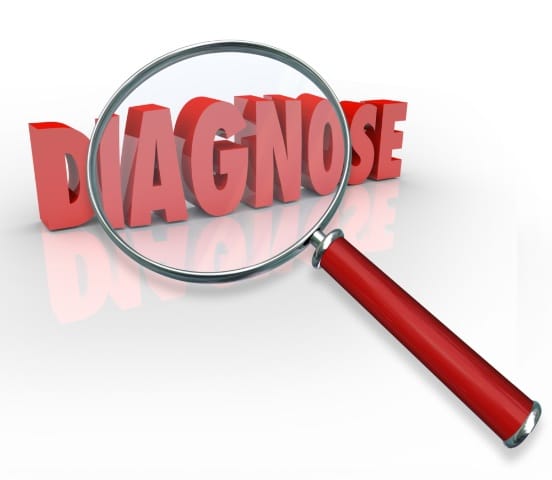
The Best Way To Diagnose Bloodborne Infections
In the case of a suspected autoimmune illness, a bloodborne disease can be identified and cured with an infectious disease treatment program. During this visit, the physician should provide:
Diagnosis of Hepatitis B Virus
After HBV infection, acute hepatitis B infection may take 45 to 160 days (on average 120 days) to manifest. Fatigue, nausea, abdominal pain, appetite loss, jaundice, and dark urine are among the symptoms that can result from liver damage. The hepatitis B virus can bring on both chronic liver disease and liver cancer.
The presence of specific antigens and antibodies in the blood, such as immunoglobulin M (IgM) antibodies to HBC and serum of hepatitis B surface antigen (HBsAg), which occur along with symptoms, is required for the diagnosis.
Diagnosis of Hepatitis C Virus
After the viral infection, it takes an average of 6 to 7 weeks for an acute HCV infection to appear. Acute infections can cause symptoms such as jaundice, dark urine, clay-colored feces, excessive exhaustion, abdominal discomfort, lack of appetite, and nausea, or they might cause a person to be asymptomatic. Some people get a persistent infection.
The screening enzyme immunoassay (EIA) and further immunoblot assays to find HCV antibodies are used to test for hepatitis c. Within 5 to 6 weeks of the start of the infection, anti-HCV may become positive, and it may stay positive for a very long time.
Diagnosis of HIV Infection
When newly infected with HIV, a person cannot exhibit any symptoms. Later on, they could have symptoms such as a fever, headache, weariness, enlargement of the lymph nodes, and weight loss. The infection is identified based on the Western blot and enzyme immunoassay (EIA) tests. When the EIA test is negative, HIV is regarded as being negative.
The Best Way To Prevent Bloodborne Infections
It’s critical to comprehend the risks of bloodborne infections and the precautions you can take to guard against exposure. Attitude, PPE, and housekeeping are the three primary pillars of protection.
Have the Right Attitude
Your mindset plays a big role in defending yourself. Having the appropriate mindset entails using Universal Precautions. As a result, you must treat all human blood and bodily fluids as potentially contagious.
Personal Protective Equipment
PPE is any gear and tools that a person uses while engaging in activities that could expose them to bloodborne diseases. Gloves are a must-have piece of personal protective equipment, but other options include gowns, face shields, eye protection, and pocket masks.
Latex gloves and gowns protect your hands and skin from contact with blood. Using a face shield and eye protection stops blood from penetrating the mucous membranes through the mouth, nose, or eyes.
A pocket mask is one of the many different pieces of equipment used during mouth-to-mouth resuscitation or CPR.
Housekeeping
The term “housekeeping” describes procedures for sanitizing and disinfecting contaminated surfaces as well as for getting rid of bodily fluids and blood. A suitable disinfection solution must be used during every decontamination process, such as one part bleach to ten parts water.

Training Reduces the Risk of Bloodborne Pathogens
Bloodborne diseases result from infected blood or bodily fluids transmitted from one person to another. At-risk individuals include healthcare worker personnel. Employers must implement preventive measures to minimize exposure and follow federal regulations to protect healthcare workers. Now that you understand the most common bloodborne pathogens, you can train your team to avoid exposure and prevent illness.